Dress & Tackle
The waters of the Test can be exceptionally clear, so dressing in an appropriate manner is very important

The waters of the Test can be exceptionally clear, so dressing in an appropriate manner is very important
Avoid wearing light-coloured or shiny clothes or brightly coloured hats. You will find it easier if you carry no more than is absolutely necessary to enable you to fish and deal with your catch effectively. Footwear should be sensible and waterproof. Even in the best of weather it is wise to have your legs covered to prevent anything at ground level biting you. A good pair of Polaroid glasses is absolutely essential and it is a good idea to carry a spare pair with you. Wearing a hat with a dark coloured brim will also help you to see into the water. Your rod should be between 8 ft and 9 ft 6in, probably made of carbon fibre or similar material. You could use a longer rod, say 10 ft for the main river and a shorter 7 ft rod for the smaller carrier. The suggested weight is 5/6 which is suitable for both dry fly and nymph fishing. The reel and the line on it should be the same weight as your rod so that your equipment is properly balanced. You will only need a floating line.
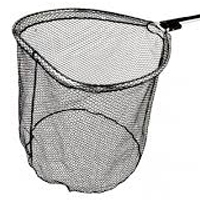
Net: Keep it with you at all times. Do not leave it on the bank. Have one with an extending handle as the banks on the main river are very steep in places.
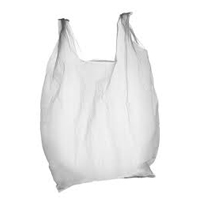
Plastic bag: Always have one handy to put your fish in, but do not leave a bag with a fish in it on the bank; there are creatures about that will eat them.
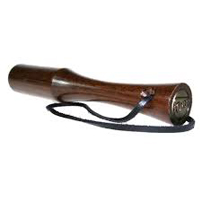
Priest: Usually come in the form of a heavy metal head attached to a metal or wooden stick. Essential to dispatch your fish as quickly as possible.
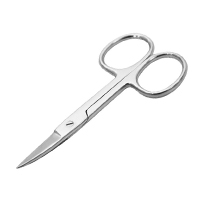
Scissors: Carry a good sharp pair. Don’t bite the nylon with your teeth – it is bad for you, and the end will be more visible to fish than one cut with scissors!
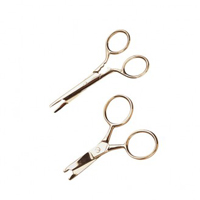
Forceps: Acknowledged as the best tool to extract hooks. You need a good pair of fine point forceps, attached to you by a string so you don’t leave them on the bank.
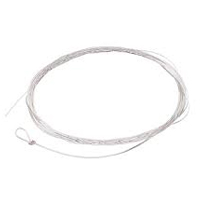
Leaders: Use leaders of appropriate breaking strength to minimise the number of fish with broken lines and flies in their mouths. Always check for wind knots.